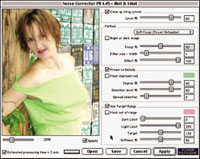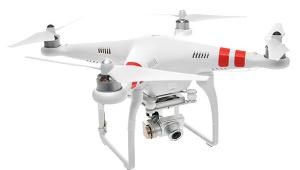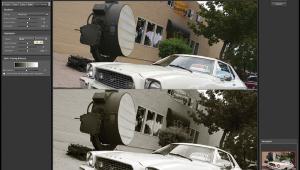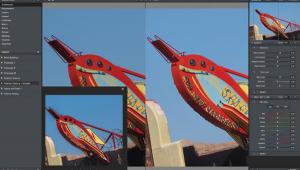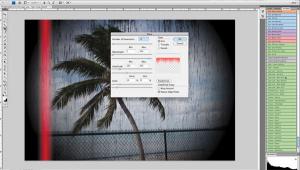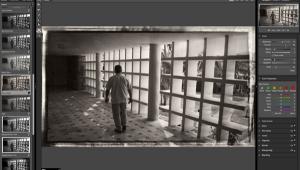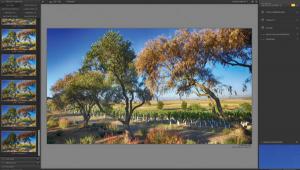Digital Innovations
The Rainbow Connection
If you want the rainbow, you gotta put up with the rain." --Dolly Parton I've often written about the interesting photo ops "right in your own backyard," but yesterday, near the end of a thunderstorm--while the sun was shining but rain was still falling--Mary called me to look at a rainbow. I grabbed my Canon EOS D60 with EF 22-55mm zoom lens but it wasn't wide enough, so Mary suggested attaching Adorama's Pro Optic Fisheye lens (see article in Shutterbug, November 2002) and I was able to capture the rainbow's origin and destination in a single frame. Initially, Mary held the umbrella while I tried to keep the D60 dry but after we moved into the front yard, I asked her to pose for a few photographs "under the rainbow" that we'll both treasure. These are hardly works of art and would never hang in either of the two art galleries I owned, but they capture memories of a particularly fun, if wet, Sunday afternoon. |
|||
Paper Me Over |
|||
Plug-In Of The Month |
|||
Baby You Can Read My Card |
|||
Holy Format Batman, Not
Another One |



